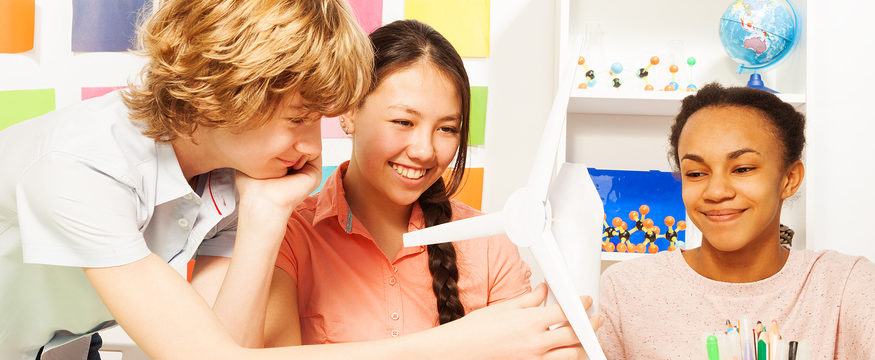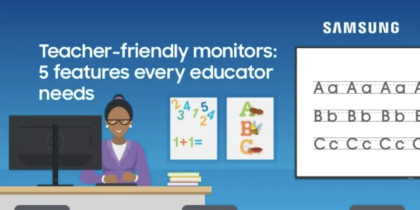Do your students ever marvel at airplanes? Or do they accept flight as “just the way it is”?
A commemoration of the Wright brothers’ historic first flight, Wright Brothers Day offers teachers the opportunity to incorporate project-based and hands-on learning in a fun way that allows students to explore the science behind flight. Here’s how to incorporate emerging technology into a lesson plan that brings scientific concepts into the real world for students.
Start With the Principles of Flight
Engage students in a discussion about why they think planes can fly. Depending on their age, either ask them to work in groups to explore the specific principles involved, or present them yourself in mini-lectures. Also incorporate a lesson on the Wright brothers, looking at how they used on-the-job learning to inform their work, their focus on using power to achieve flight and the many failed tests they experienced before launching their first successful airplane flight.
If you’re working with a social studies teacher on this unit, students can use their time in that class to look at the social and business environment that inspired the Wright brothers, as well as their contemporary inventors, to explore flight. If there’s also a language arts teacher involved, students can explore digital storytelling and research conventions in that class to prepare them to better tell their stories at the end of the project. If you’re in an elementary classroom where you cover all the subjects yourself, you can make the project as cross-curricular as you’d like.
Educational technology is expensive.
Get the eBook to learn how Chromebooks are saving school districts money. Download Now
Move Into Experimentation
Once students are comfortable with the basic scientific principles, have them create their own flying machines. Young students can use glider kits or design paper airplanes. Older students can explore different materials to build their own handcrafted gliders. If you have access to motors and machine parts, students can look at how to incorporate power into their designs. Ask them to use their tablets to record video or audio clips of their design discussions, the building process and their reasons for choosing specific design elements.
Once students have designed and built their gliders or small planes, go outside or to the gym to test the prototypes. Have students videotape each flight test or do it yourself to keep things moving. Students will have fun seeing how well their plans worked and what their peers have come up with.
End With Analysis
After they complete their test flights, have students talk about which designs worked and which didn’t. And, more importantly, why?
During this phase, students can use WeVideo or Animoto to edit their flight and design videos to show the highlights — have them focus in on where they saw successes and opportunities for further design refinements. They can also gather information on the design elements and materials they used, as well as the guiding principles they followed, and use Prezi or Google Slides to create presentations for the class. (This is where those digital storytelling concepts will help them craft a presentation that’s not only scientifically relevant, but also compelling.)
One of the best parts of this short lesson idea is that it gets students’ minds off winter break and on to important scientific concepts by using hands-on learning and real-world exploration.
Looking for ways to increase collaborative learning in your classroom? Our educational technology solutions deliver powerful learning tools that promote student interaction and engagement.








